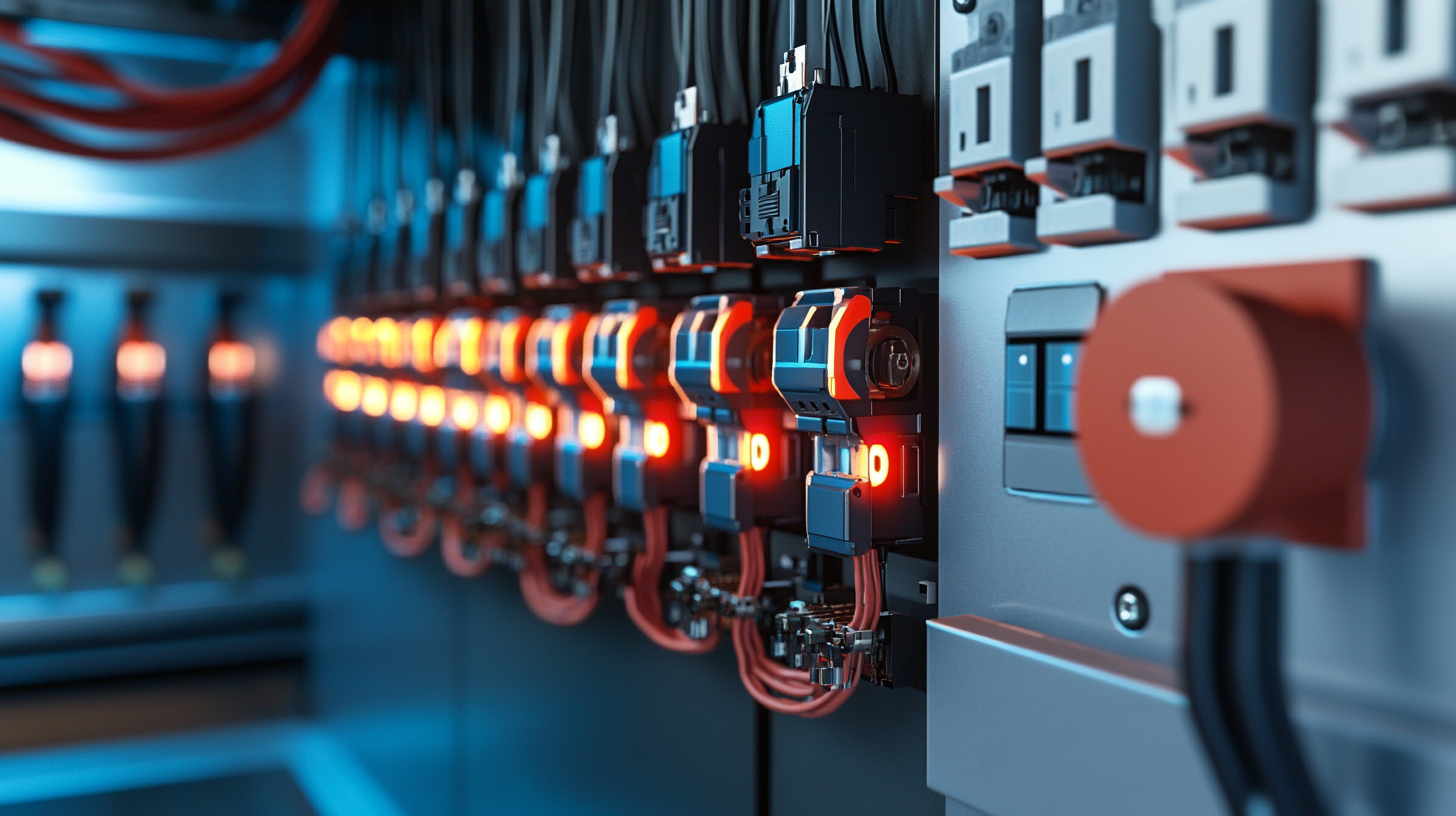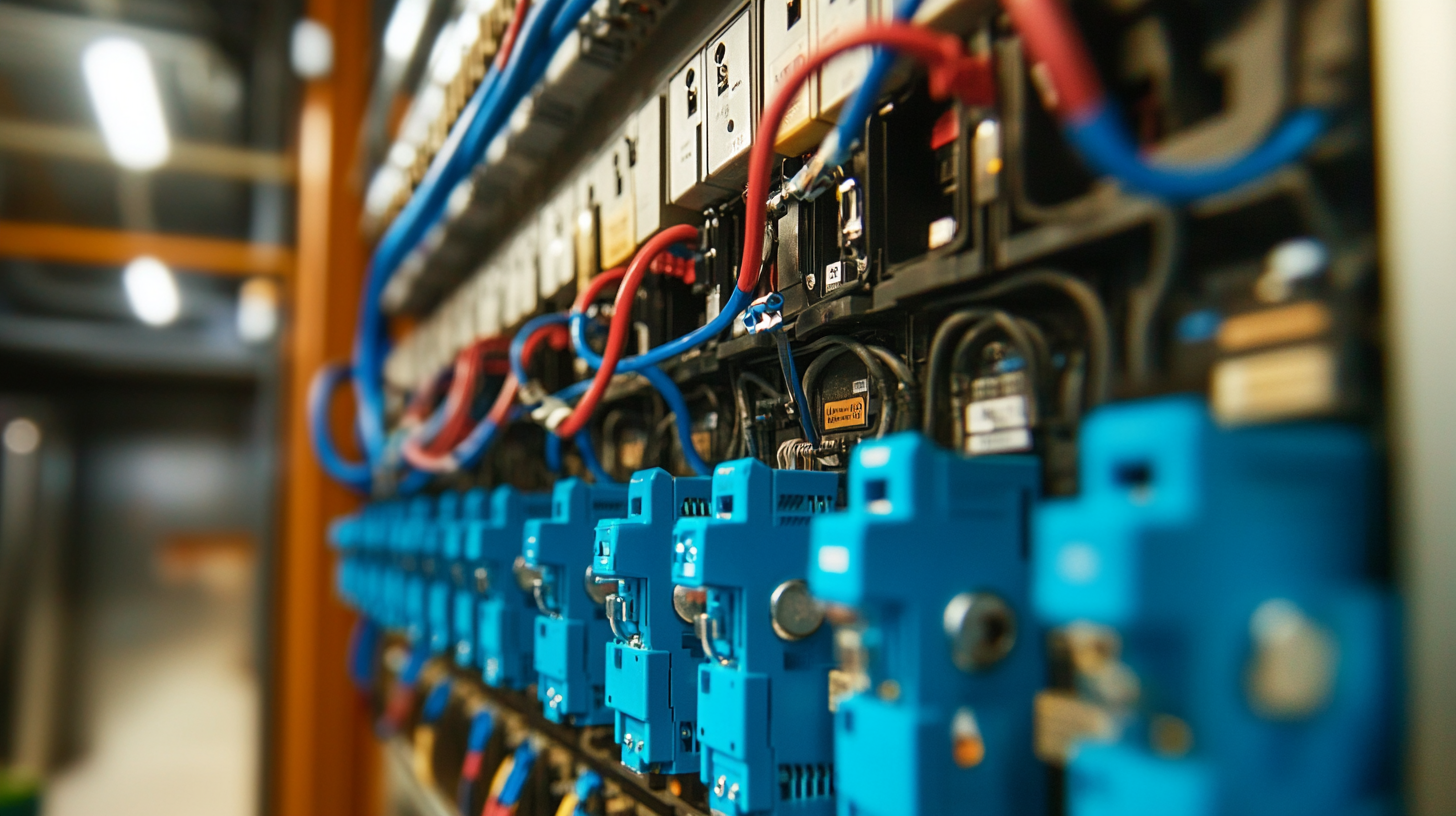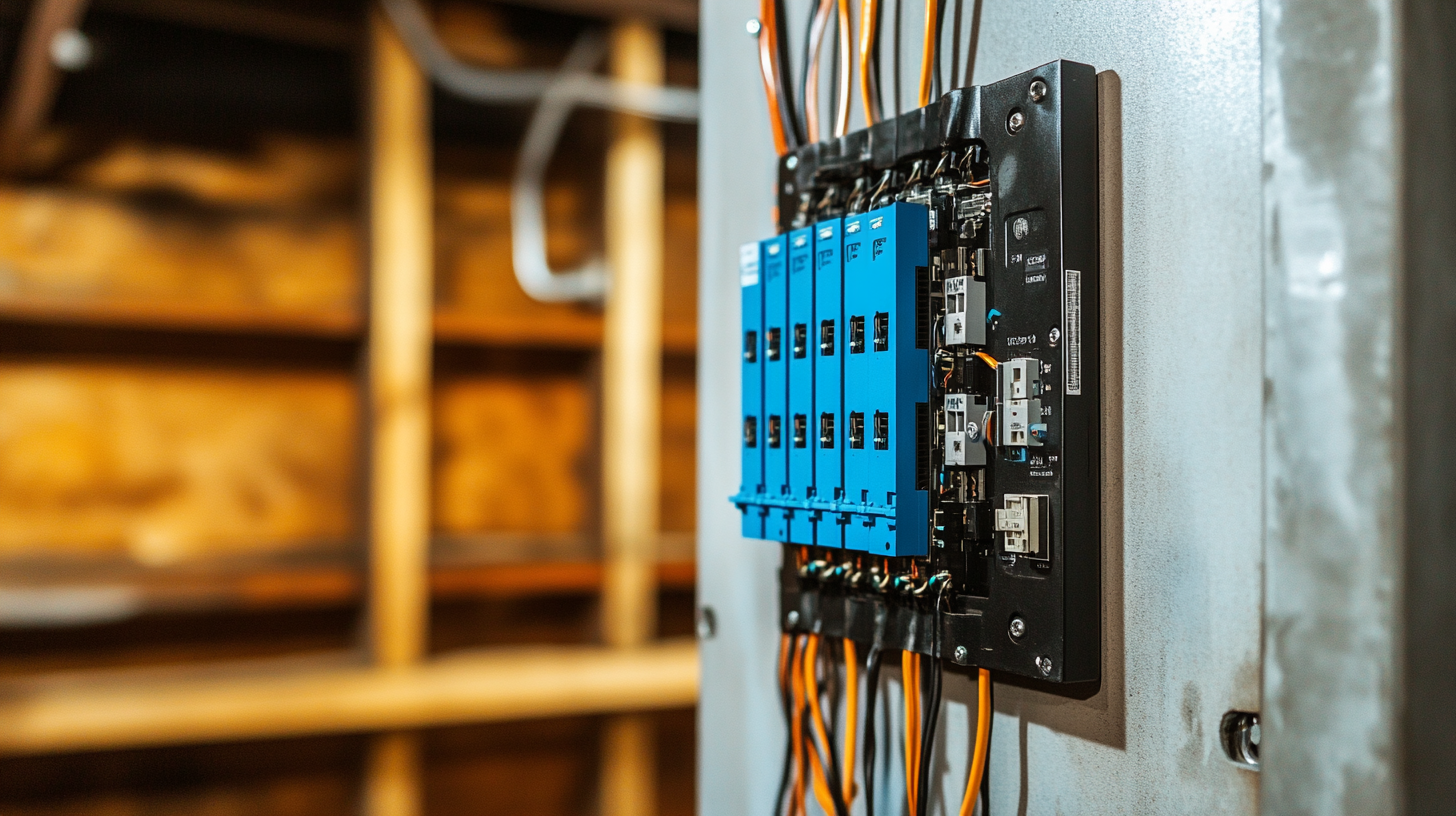
How to Choose the Best Breaker Panel for Your Electrical Needs with Expert Insights
When it comes to ensuring the safety and efficiency of your electrical system, choosing the right breaker panel is crucial. According to a recent report by the National Electrical Manufacturers Association (NEMA), the demand for advanced electrical distribution products, including breaker panels, is projected to grow significantly, driven by an increase in construction activities and the need for smarter energy management solutions. With a wide variety of options available in the market, selecting a high-quality breaker panel that meets your specific electrical needs can be daunting. Factors such as load capacity, brand reliability, and compliance with local codes must be carefully considered. In this blog, we will provide expert insights on how to navigate these choices effectively, ensuring that your breaker panel installation maximizes safety and efficiency for years to come.

Understanding Different Types of Breaker Panels for Residential and Commercial Use
 When selecting a breaker panel, understanding the various types available is crucial for both residential and commercial applications. Residential panels typically include main breaker panels, which have a single circuit breaker that controls the entire system, and sub-panels, used to extend circuit capacity in larger homes. These panels are designed to handle typical household demands like lighting, appliances, and HVAC systems. It’s essential to choose a panel that not only meets your current needs but also allows for future expansions, as energy demands may grow over time.
When selecting a breaker panel, understanding the various types available is crucial for both residential and commercial applications. Residential panels typically include main breaker panels, which have a single circuit breaker that controls the entire system, and sub-panels, used to extend circuit capacity in larger homes. These panels are designed to handle typical household demands like lighting, appliances, and HVAC systems. It’s essential to choose a panel that not only meets your current needs but also allows for future expansions, as energy demands may grow over time.
In contrast, commercial breaker panels are built to accommodate significantly higher loads and often come with more advanced features. These might include three-phase systems, which are efficient for operating heavy machinery or multiple equipment sources simultaneously. It’s also important for commercial panels to have built-in safety mechanisms to protect against overloads, surges, and short circuits. Understanding the specific requirements of your electrical system and consulting with an expert can ensure you select a breaker panel that is both safe and capable of supporting your power demands effectively.
Key Factors to Consider When Selecting a Breaker Panel for Your Home
When selecting the best breaker panel for your home, there are several key factors to consider to ensure safety and efficiency.
One critical aspect is the compatibility with the electrical load demands of your household. Industry standards indicate that a typical home requires a panel that can handle at least 100 amps to accommodate large appliances and modern electronic devices.
For households with higher energy needs, such as those featuring electric heating or charging stations for electric vehicles, a 200-amp panel may be necessary.
Another important factor is the modularity and variability of the breaker panel system. Modern molded case circuit breakers (MCCBs) offer a comprehensive range of accessory components that enhance adaptability.
This flexibility allows homeowners to expand and customize their electrical systems as needs change. Additionally, proper installation and maintenance practices play a vital role in the longevity and reliability of the breaker panel.
Utilizing top-rated troubleshooting tools can help mitigate risks during DIY electrical projects while ensuring compliance with safety regulations, making the selection process even more critical for homeowners embarking on upgrades or renovations.
Expert Recommendations on Sizing Your Breaker Panel Correctly
When selecting a breaker panel, one of the most critical factors to consider is sizing it correctly. A well-sized panel not only ensures safety but also provides the capacity needed for future electrical demands. According to the National Fire Protection Association (NFPA), an overloaded panel can lead to electrical fires, with over 50,000 incidents reported annually in the U.S. alone. Therefore, understanding your current and future electrical needs is essential for optimal panel performance.
When determining the size of your breaker panel, a general guideline is to account for 1 kW of power for every 100 square feet of living space. This means that a 2,000 square foot home would typically require a panel rated at 200 amps. Additionally, consider future expansions such as electric vehicle chargers or home renovation projects that could increase demand.
**Tips:**
1. **Conduct a Load Calculation:** Make use of the NEC (National Electrical Code) guidelines to assess your home's power needs based on your current and future appliances.
2. **Consult a Professional:** A licensed electrician can help evaluate your requirements and recommend the right panel size. This consultation can save you from costly upgrades down the line.
Breaker Panel Size Recommendations for Different Home Sizes
This chart illustrates the recommended breaker panel sizes based on different home sizes. The data reflects the typical ampacity needed for small to extra-large homes, ensuring that electrical loads can be safely supported.
The Importance of Brand Reputation in Choosing a Breaker Panel
When selecting a breaker panel for your electrical needs, one of the most crucial factors to consider is the reputation of the brand behind the product. Established companies usually have a history of reliability and quality, giving you peace of mind that their panels will perform effectively. A strong brand reputation often stems from rigorous testing, adherence to safety standards, and consistent performance over time. This track record can be a vital indicator of what you can expect regarding durability and safety.
Moreover, brands with good reputations typically offer robust customer support and warranties. This assurance can save you time, money, and stress should any issues arise after installation. When facing electrical failures or malfunctions, having a reliable point of contact for assistance is invaluable. Additionally, well-regarded brands are more likely to incorporate technological advancements and innovations into their products, ensuring you receive the best solution for your specific needs. Therefore, investing some time in researching brand reputation can pay off significantly in the long run.
Common Mistakes to Avoid When Purchasing a Breaker Panel for Your Electrical Needs
When selecting a breaker panel for your electrical needs, avoiding common mistakes can save you time and money. One prevalent error is underestimating the panel's amperage capacity. According to the National Electrical Code (NEC), homes typically require panels that can handle at least 100 amps, but with modern appliances and electric vehicles becoming more common, many experts recommend panels with 200 amps or higher. Choosing the wrong amperage can lead to overloading, which poses safety risks and necessitates premature replacement.
Another critical mistake is neglecting future expansion. A report by the U.S. Energy Information Administration indicates that the number of residential electric vehicles is expected to triple by 2030, requiring additional power capacity. Therefore, when purchasing a breaker panel, consider a unit that allows for additional circuits and has ample space for future breakers. Failing to do so may limit your home's electrical system as your needs grow, leading to costly retrofitting later on.

